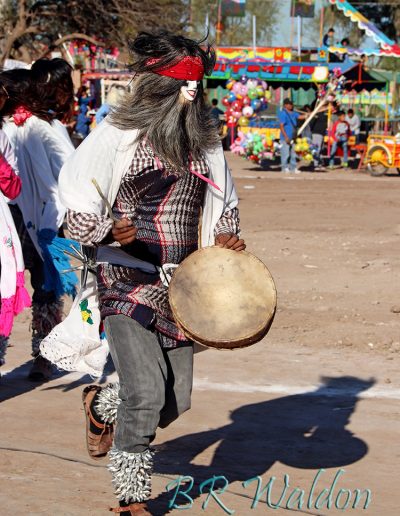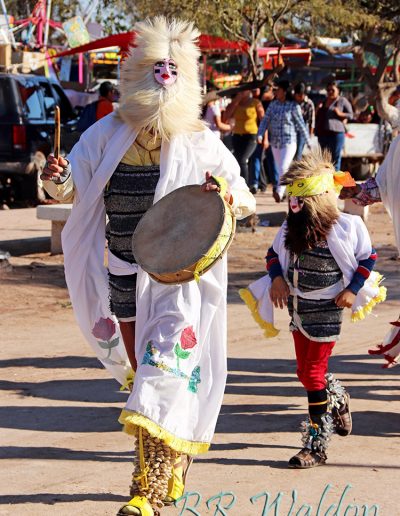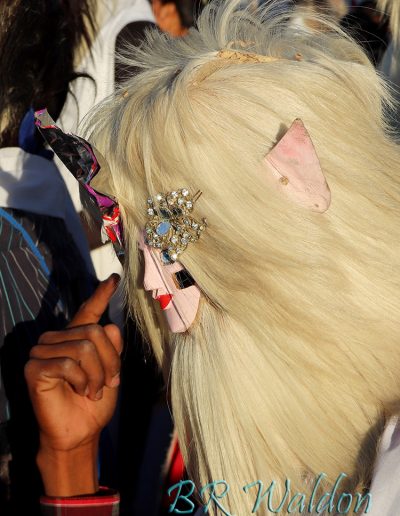Fariseos of El Jupare
It is an indigenous Lenten tradition dating back to the skits performed with European missionaries in the 18th century for Biblical teachings.
Indigenous Yaqui and Mayo Christians of Sonora and Sinaloa, Mexico wear masks made from animal skins, hair and other materials during the Lenten season to represent the Pharisees who antagonized Jesus in Galilee.
Modern tradition represents Pharisees in name only, as these masked figures have assumed their own traditional indigenous role in the celebration of Easter.
And though these masked figures can behave comically as they collect donations in public spaces, to become a Fariseo is a serious religious undertaking. It requires 40 days of self-sacrifice and devotion that includes limited speaking and eating, and lots of energetic movement.
Fariseos are important fixtures in Lenten season religious activities, including a weekly “conti” gathering that includes a church service followed by a procession.
I have photographed many Fariseos over the years. This gallery is from a conti of indigenous Mayo Fariseos in the pueblo of El Júpare, in the municipality of Huatabampo, in Southern Sonora, Mexico.
I was impressed with the energy of the Fariseos as they were in continuous motion running fervently around the church and plaza before the religious ceremony began.
Wearing masks and sandals, bedrolls secured around their bodies, only stopping briefly to honor a makeshift cross in placed in the front of the temple courtyard.
An intense, fast-moving display of energy and color. Celebrating a beautiful, centuries-old indigenous Easter tradition.
























